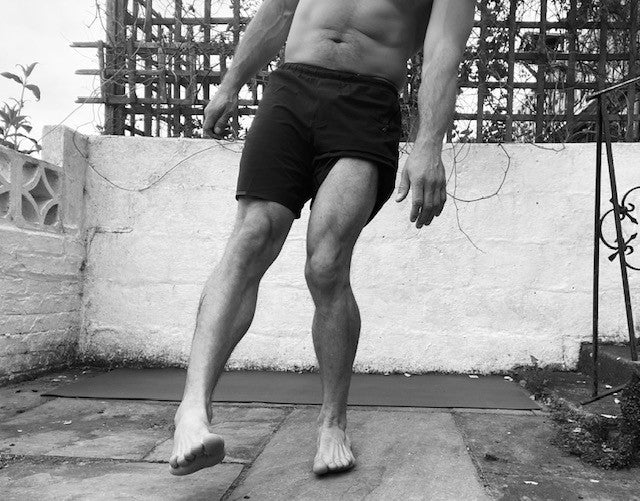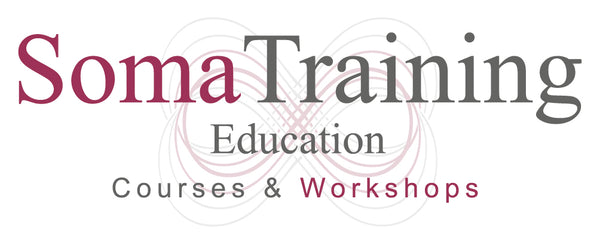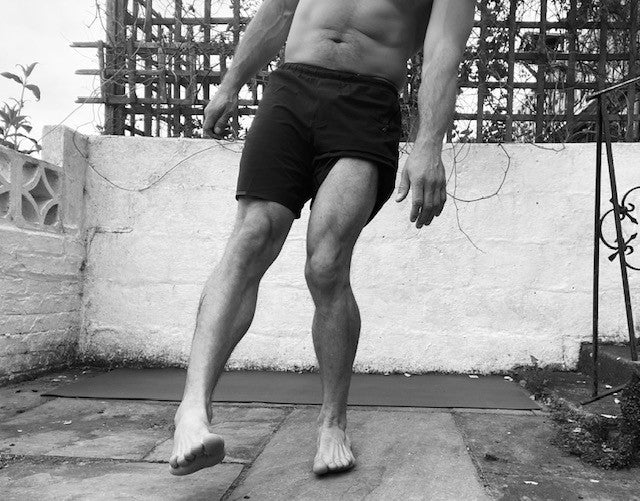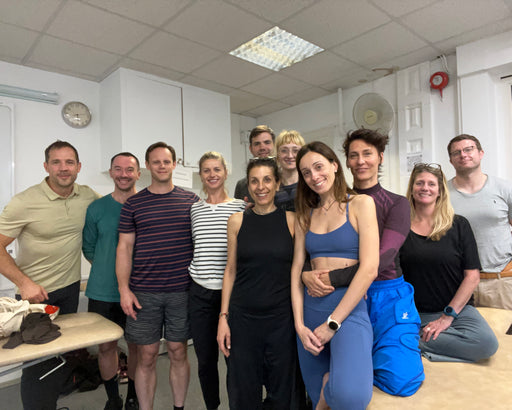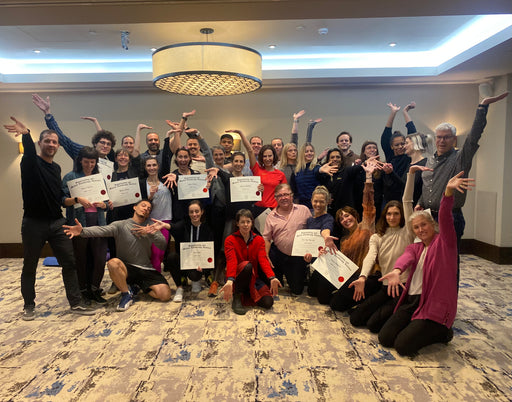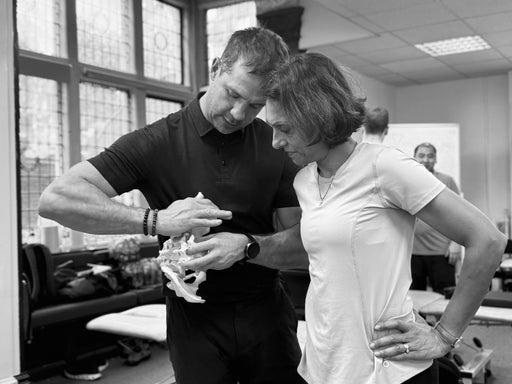SomaTraining UK
2.3. Specific Proprioception & Awareness
2.3. Specific Proprioception & Awareness
Couldn't load pickup availability
Date: TBA
Starting times:
Friday - 12-8pm
Saturday - 9am-6pm
Sunday - 8am-5pm
Location: British College of Osteopathic Medicine, BCOM - TBC
The components of joint dysfunction or ligament injury are specific, at a specific location with specific biomechanics, requiring accurate stimulation. This course focuses on biomechanically accurate positional exercises to stimulate the different part of the joint complex for specific stimulation. This course is also for all movement practitioners who want to improve on getting their clients and patients learn and integrate new movements efficiently with the steps of awareness training.
Proprioception: The physiology that controls an articulation depends on numerous control mechanisms located in the muscle tendons, ligaments and articular capsule. Therefore, it is advisable to train these "micro-computers" to increase or revive control of a joint.“However, this work must be very precise. Because it is not the joint that is trained as a whole but a specific ligament or part of the capsule within that joint.”
Awareness: How can an articulation be trained, a muscle strengthened, or a posture corrected, if the brain does not know the area being treated? How does a spine remain straight, if the feeling of being straight is skewed?
The cortex must be trained to become acquainted with and recognize every area of the body. A strict methodology involving four progression factors is indispensable to really becoming familiar with the pelvis; the cervical, thoracic and lumbar spine; and the various diaphragms.
Seminar Outline:
Background and methodology:
- Proprioceptive work for the lower limb:
- The joint and the ligaments of the hip, knee, ankle and foot
- Proprioceptive work for the upper limb:
- The joint and the ligaments of the shoulder, elbow, wrist, hand and fingers
- Proprioceptive work for the pelvis and the spine: Sacro-iliac joint, Pubic Symphysis, Lumbar, Thoracic and Cervical Spine
- Proprioceptive work for the scapular girdle and the TMJ
- physiology of awareness: four specific progression applied to movement education and integration
Incorporating these unique techniques into any rehabilitation and training program will ensure exceptional results in both pain management and performance enhancement.
